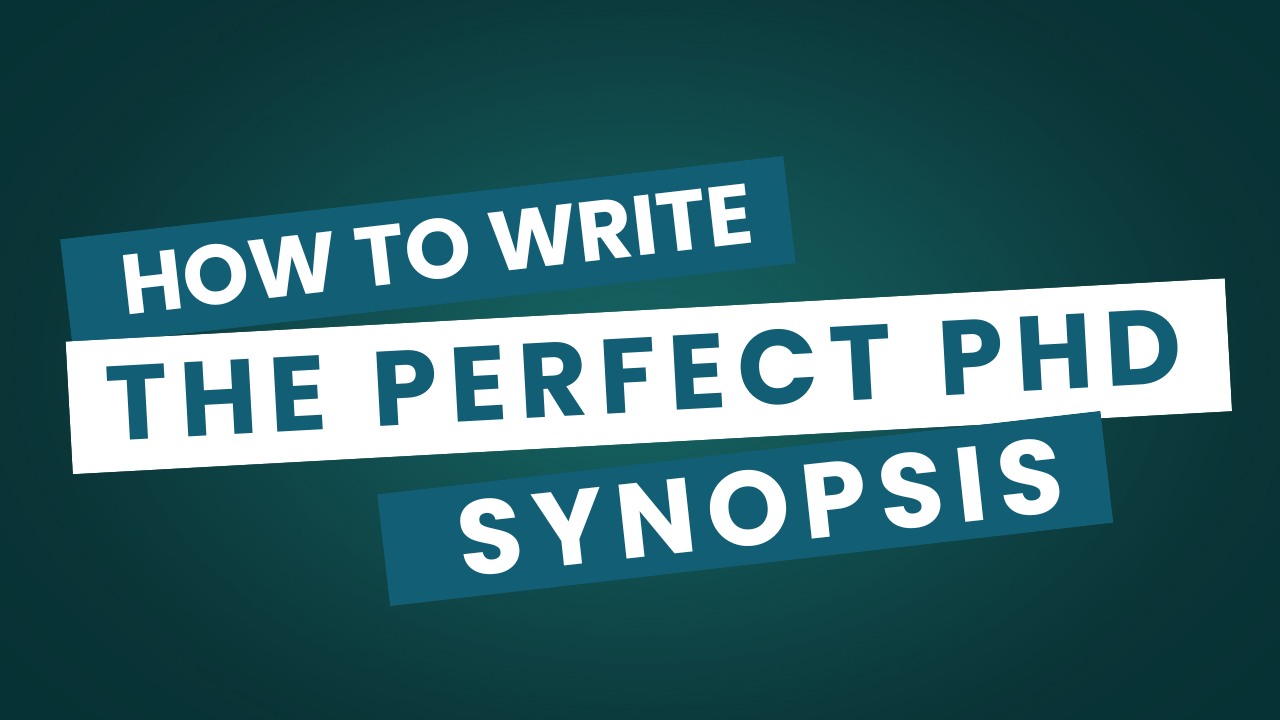14Jan

Writing a Perfect PhD Synopsis is a crucial step in your doctoral journey. It serves as a roadmap for your research, helping you communicate your ideas effectively to your supervisors and evaluators. A well-written Perfect PhD Synopsis can significantly increase the chances of your research proposal being approved. Here, we provide a step-by-step guide to craft the perfect PhD synopsis.

A PhD synopsis is a concise document that outlines your research problem, objectives, methodology, and expected outcomes. Its primary purpose is to demonstrate the originality and feasibility of your proposed research. It should convince evaluators that your study will contribute meaningfully to your field.
A standard PhD synopsis typically includes the following sections:
Title Page
Introduction
Objectives
Literature Review
Research Methodology
Expected Outcomes
References
Title Choose a clear, concise, and descriptive title. It should reflect the essence of your research.
Introduction Start with a strong opening that highlights the importance of your research area. Provide context to establish the relevance of your study.
Objectives Use bullet points to list your objectives. Each objective should be specific, measurable, achievable, relevant, and time-bound (SMART).
Literature Review Summarize significant studies in your field. Highlight gaps your research intends to address.
Methodology Be detailed yet concise. Clearly describe your research design, data collection methods, and analytical tools.
Expected Outcomes Explain the theoretical and practical implications of your research. Mention any anticipated publications or patents.
References Use a citation style approved by your university or department (e.g., APA, MLA, Chicago).
Before submission, share your synopsis with peers and supervisors for constructive feedback. Revise as needed to ensure coherence and precision.
Use plagiarism-checking tools to verify that your synopsis is original. Kenfra Research offers advanced plagiarism detection services to safeguard your work.
Writing the Perfect PhD Synopsis requires meticulous planning, thorough research, and clear articulation. By following this guide, you can create a compelling Perfect PhD Synopsis that lays a solid foundation for your doctoral journey. Remember, the effort you invest in crafting your synopsis will pay off in the long run.
At Kenfra Research, we specialize in providing comprehensive support for PhD scholars, including topic selection.
Need Help? Contact Kenfra Research today for professional PhD assistance!
Vehicular network joins software defined network to ensure management of vehicular communication. This network improves the performances in terms of... read more
LNMU could refer to Lalit Narayan Mithila University, a well-known university in India. In legal contexts, the term "HC" typically... read more

At Kenfra Research, we understand the challenges PhD students face in their academic journey whether you're struggling to select... read more
COMEDK UGET 2024 set for May 12 as 2K AP students enroll in karnataka Engineering college The COMEDK Undergraduate Entrance Test... read more

Academic writing is an important skill that students and researchers need. It helps them clearly share their ideas, research, and... read more

Do you have trouble thinking of a topic for your PhD research? You're not alone, so don't worry! The appropriate... read more

Choosing a relevant PhD topic in 2024 is one of the most defining moments of an academic journey. The... read more
After completing a PhD, there are many career pathways to consider. Here are the top 10 careers in India after... read more

For PhD scholars looking to enhance their research projects with Python image processing, Python offers an invaluable toolkit. Image... read more
WhatsApp us
Leave a Reply